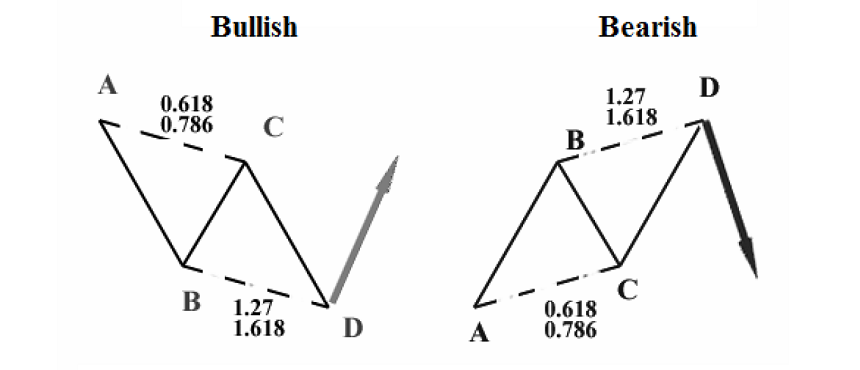**Introduction**
Venturing into the world of option trading can initially seem like navigating uncharted waters. But with the right guidance, you can master the art of buying and selling options, harnessing their potential to augment your portfolio. This exhaustive guide will introduce you to the fundamentals of option trading, leaving you equipped with the tools and knowledge to make informed decisions in this captivating market.

Image: www.youtube.com
In the realm of investing, options occupy a unique position, offering investors myriad ways to profit from stock price fluctuations. Whether you seek to harness the power of leverage, hedge against potential losses, or enhance your trading strategies, options offer a versatile tool to cater to your diverse needs.
**What is Option Trading?**
An option contract grants you the right, but not the obligation, to buy or sell an underlying asset at a predetermined price on or before a specified date. This flexibility gives options a distinct advantage over traditional stocks, providing investors with an array of profit opportunities.
There are two primary types of options: calls and puts. A call option grants you the right to buy an underlying asset, while a put option gives you the right to sell it. These options are further categorized into two groups based on their expiration date: American options can be exercised at any time up until their expiration date, while European options can only be exercised on their expiration date.
**Core Concepts of Option Trading**
**Key Terminology**
- Strike Price: The predetermined price at which you can buy or sell the underlying asset.
- Expiration Date: The date on which the option contract expires.
- Premium: The price you pay to purchase an option contract.
- Intrinsic Value: The difference between the underlying asset’s market price and the strike price.
- Time Value: The portion of the premium that represents the value of the option’s time to expiration.

Image: rfxsignals.com
**Types of Option Strategies**
- Covered Call: Selling a call option while owning the underlying asset.
- Protective Put: Buying a put option to hedge against potential losses in the underlying asset.
- Bull Call Spread: Buying one call option and selling another call option with a higher strike price.
- Bear Put Spread: Buying one put option and selling another put option with a lower strike price.
- Straddle: Buying both a call and a put option with the same strike price.
**Latest Trends and Developments in Option Trading**
The realm of option trading is in a state of constant evolution, with new trends and developments emerging to cater to the evolving needs of investors.
One notable trend is the rise of exchange-traded funds (ETFs) that track the performance of option strategies. These ETFs provide investors with a convenient way to diversify their portfolios and potentially enhance their returns.
Additionally, the increasing popularity of online trading platforms has made option trading more accessible to individual investors. These platforms offer user-friendly interfaces, educational resources, and real-time market data to help traders make informed decisions.
**Tips and Expert Advice for Beginners**
Embarking on the journey of option trading can be daunting, but with the right strategies and guidance, you can navigate this captivating market confidently.
**Start Small**
Begin your adventure in options trading by investing small sums of money. This will allow you to gain experience and develop your understanding of the market without risking substantial amounts of capital.
**Educate Yourself**
Immerse yourself in the vast resources available to educate yourself about option trading. Read books, articles, and attend online seminars to gain a comprehensive understanding of the concepts and strategies involved.
**Frequently Asked Questions (FAQs)**
**Q: What are the risks associated with option trading?**
A: Option trading carries inherent risks, including the potential for complete loss of invested capital.
**Q: Is option trading suitable for all investors?**
A: Option trading is not recommended for novice investors or those with a low tolerance for risk.
**Q: How much capital do I need to get started with option trading?**
A: The amount of capital required depends on your trading strategy and risk tolerance.
**Q: What are the benefits of using options?**
A: Options offer a range of benefits, including leverage, hedging, and income generation.
Abcd Of Option Trading
**Conclusion**
The world of option trading offers a boundless realm of opportunities for savvy investors. By embracing the concepts, strategies, and expert advice outlined in this guide, you can embark on an enriching journey toward financial success. Whether you seek to augment your portfolio, hedge against risks, or simply harness the excitement of market fluctuations, the knowledge gained from this article empowers you to navigate the complexities of option trading with confidence.
Now, the question remains: are you ready to unlock the potential of option trading and embark on a thrilling financial adventure? Let your journey begin!







